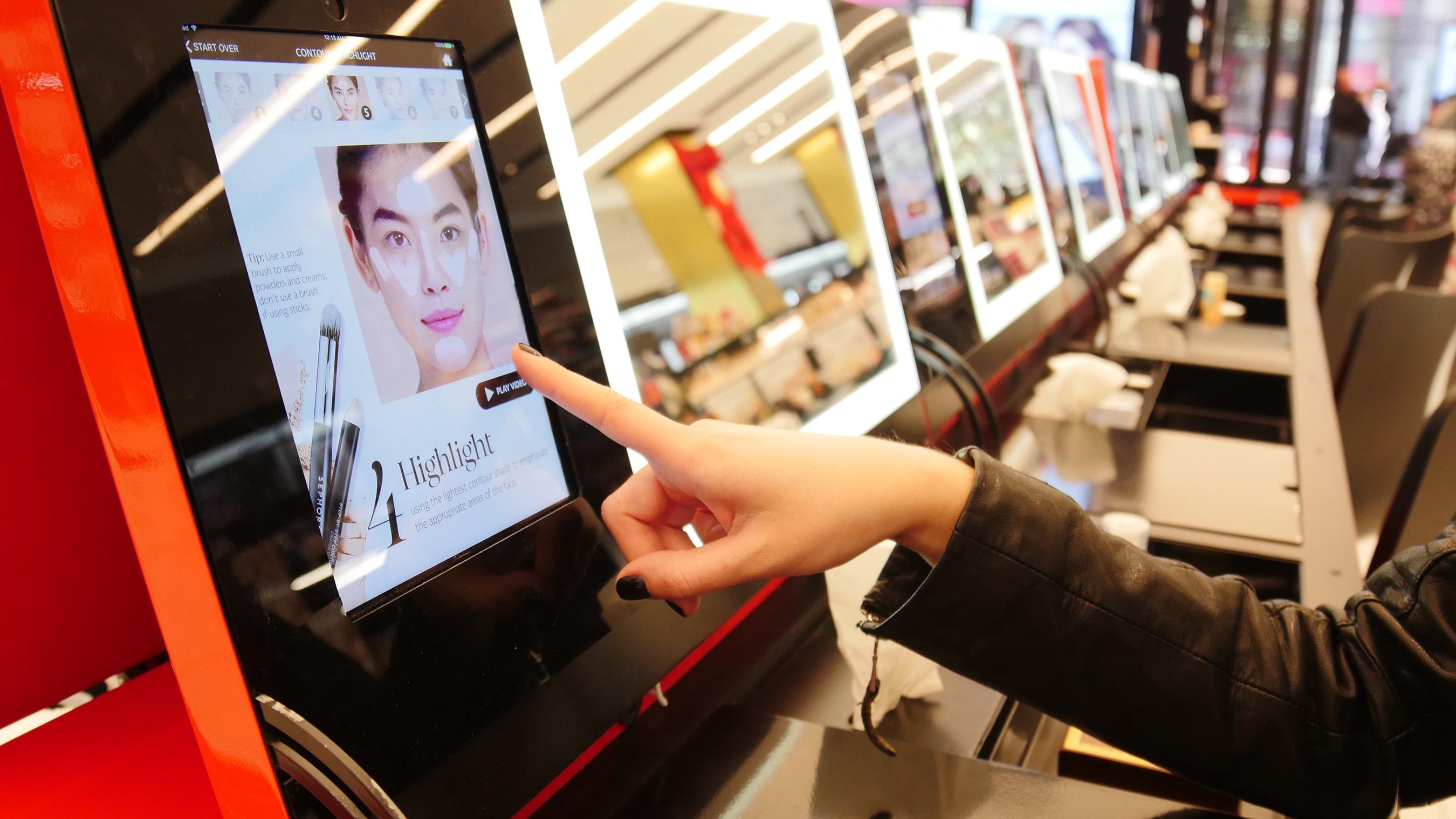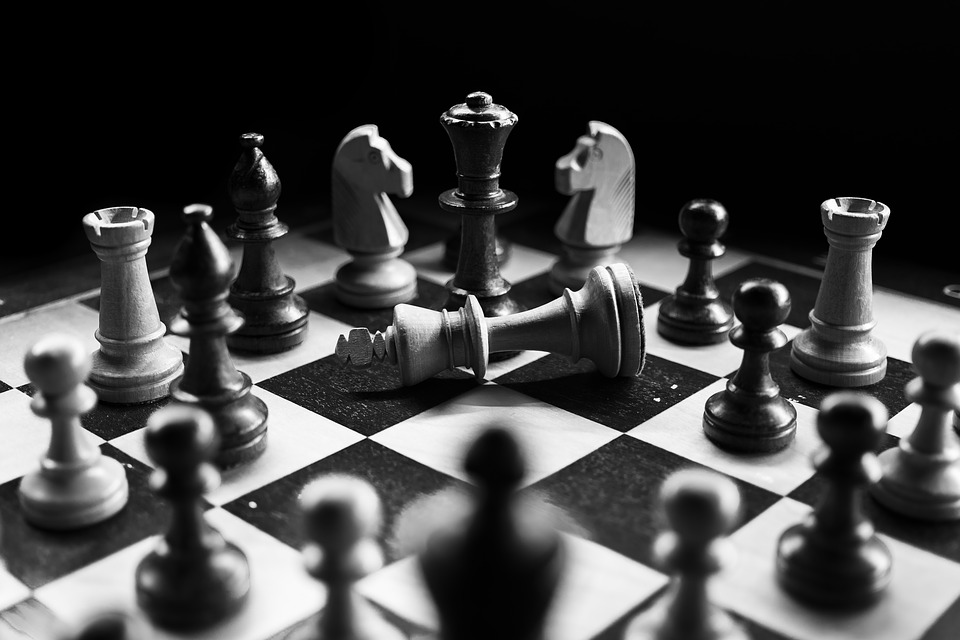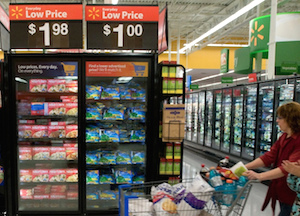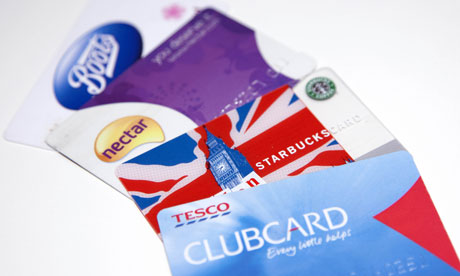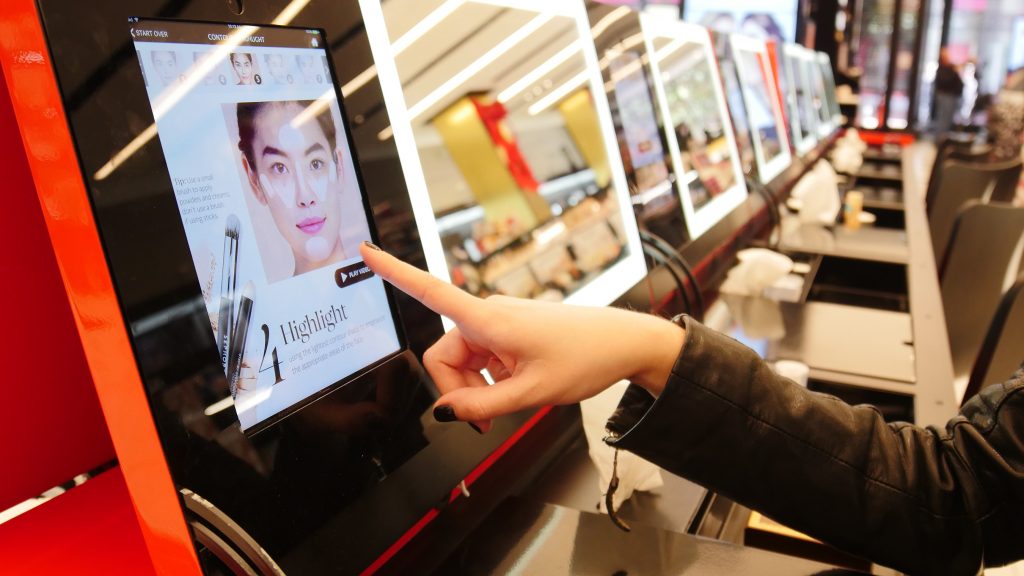 I was recently invited to present at IIexAsia2018, the globally renowned event for showcasing technology and research innovation. My presentation looked at how technology was changing the way people shopped, how technology could be used in the future, as well as some concerns about how these changes might adversely affect brands. The presentation was well-received, so I’m capturing the key points here in the blog. If you’d like to know more about how retail technology is changing shopping, and what you should do about it, or you’d like to book me as a speaker at your next event, conference or meeting, get in touch now! Note that this ISN’T a blog all about the latest tech: there is loads written about that elsewhere. This post focuses on how to decide where and how retail technology should be used.
I was recently invited to present at IIexAsia2018, the globally renowned event for showcasing technology and research innovation. My presentation looked at how technology was changing the way people shopped, how technology could be used in the future, as well as some concerns about how these changes might adversely affect brands. The presentation was well-received, so I’m capturing the key points here in the blog. If you’d like to know more about how retail technology is changing shopping, and what you should do about it, or you’d like to book me as a speaker at your next event, conference or meeting, get in touch now! Note that this ISN’T a blog all about the latest tech: there is loads written about that elsewhere. This post focuses on how to decide where and how retail technology should be used.
Technology is affecting how we people shop
It will come as no surprise to hear that technology is changing the way people shop. Survey after survey suggests that online research is an increasing part of the shopping process. At the same time, we need to be careful. This varies dramatically by category, and by shopping mission. So, while there is plenty of talk about online and its involvement in shopping processes, be a little careful before diving in. A survey that suggests that 58% of shoppers have done online research prior to purchasing, doesn’t mean that 58% of purchases were researched online.
Technology is changing where we shop
What is also certainly true is that technology is changing where people shop, and not just in the most obvious ways. Yes, people are buying all manner of goods online from companies such as Amazon and Ocado, but they are also choosing other channels and modes of shopping. Price comparison technology allows price sensitive shoppers to shop around. create totally new ways to shop. And in some cases, specialists are finding new opportunities to grow because in among the complex mess of online shopping, a lot of people still want to talk to a human being.
Technology is changing the economics of the industry
So far so obvious. What is less talked about is how technology is changing the economics of the consumer goods industry. Price comparison software and more intense competition drives prices down, which threatens profitability for both manufacturers and retailers. Retailers are increasingly seeing that they need to have both an offline and online offer, and that drives cost. All these channels are increasingly seeking to differentiate themselves, and that drives complexity and cost for all parties.
Use retail technology to enhance the shopping experience
So, technology creates opportunities and threats for the CPG industry. How best to use technology to drive value? The first main route is to use retail technology to enhance the shopping experience. Companies such as Sephora are using technology to create enhanced shopping experiences. Supermarkets use technology to extend the range beyond the physical limit of the stores allowing shoppers to browse a broader range than the store can possibly accommodate.
Use retail technology to make retail more efficient
A lot of retail technology is focused on efficiency too: robots to check shelf inventory and such like. And of course, there is a lot of buzz around retail technology which enhances the shopping experience AND drives efficiency. One could argue that self-service check-outs do this (though I’m pretty sure this is 90% efficiency!) But retailers such as Amazon (with Amazon Go) and 7-11 are experimenting with technology that reduces costs and enhances the shopping experience. That has to be the holy grail of retail technology surely?
Beware retail technology for the sake of technology
It is easy for marketers to get excited about retail technology. I do too! But we need to be careful. Much of the retail technology I come across seems to be retail technology for the sake of it. Do we really need shoppers to connect to the internet, download an app, then scan a code to get a 20% discount that could just as easily been displayed on a simple piece of cardboard? Is it necessary to extend the range in a category where shoppers find the current range of products confusing? This type of nonsense doesn’t add value: it doesn’t improve the shopping experience, and its hard to see any meaningful efficiency either.
So how to work out how to use retail technology? Check out my:
Golden Rules of Using Retail Technology
Retail Technology – Rule One – Put the shopper first
Ultimately it is the shopper who pays the bills, and the starting point should be the shopper, NOT the technology. What experience is the shopper looking for? What is missing from their current experience? What are the gaps, what are the problems? And remember, that in designing an enhanced shopping experience, sometimes (often) less is more. A lot of the time shoppers want simplicity, not complexity. Sometimes a better shopping experience is not actually shopping (hence the rise of ).
Retail Technology – Rule Two – Driving Efficiency while damaging the shopping experience is a false economy
Reducing costs is a noble and essential cause. The industry is under profit pressure, and retail technology is certainly part of the answer. But in true “Fight Club†style, rule two is the same as rule one. Before charging off to make things more efficient, check the consequences for the shopper. Put the shopper first. How many times have you cursed the self-checkout when the light flashes to say there is a problem, but there are no staff to be seen?
Retail Technology – Rule Three – Don’t look at technology in isolation
Whatever you do, the retail technology train is off and running and shoppers are changing their behavior faster than ever before. Whether you do something with technology, or whether you don’t, shoppers are changing their behavior. Someone else launches a retail technology solution, the ripples could be large. As an example, Amazon launched Amazon Dash buttons: that takes shoppers out of an aisle of a supermarket. It might make them more likely to buy other products on Amazon. It might stop them going to the supermarket altogether or make their visits less frequent. Even if you don’t have your brand on Amazon Dash: even if you’re not even in the same category, its easy to see that as shoppers change behavior in one category, there might be knock-on effects across their entire shopping behavior. And if it isn’t Amazon Dash, it could be a subscription, or a new interactive store at a mall downtime. Technology is changing the way we shop. But to understand it, we need to put the shopper first, not the technology.
If you’d like to know more about shoppers, retail, or retail technology, let me know. If you’d like me to come and present to your team at your next meeting, or present at your next conference, just let me know. And if you think you need an enhanced strategy to cope with all these changes – we can help with that too. Get in touch now for a no-obligation conversation.
